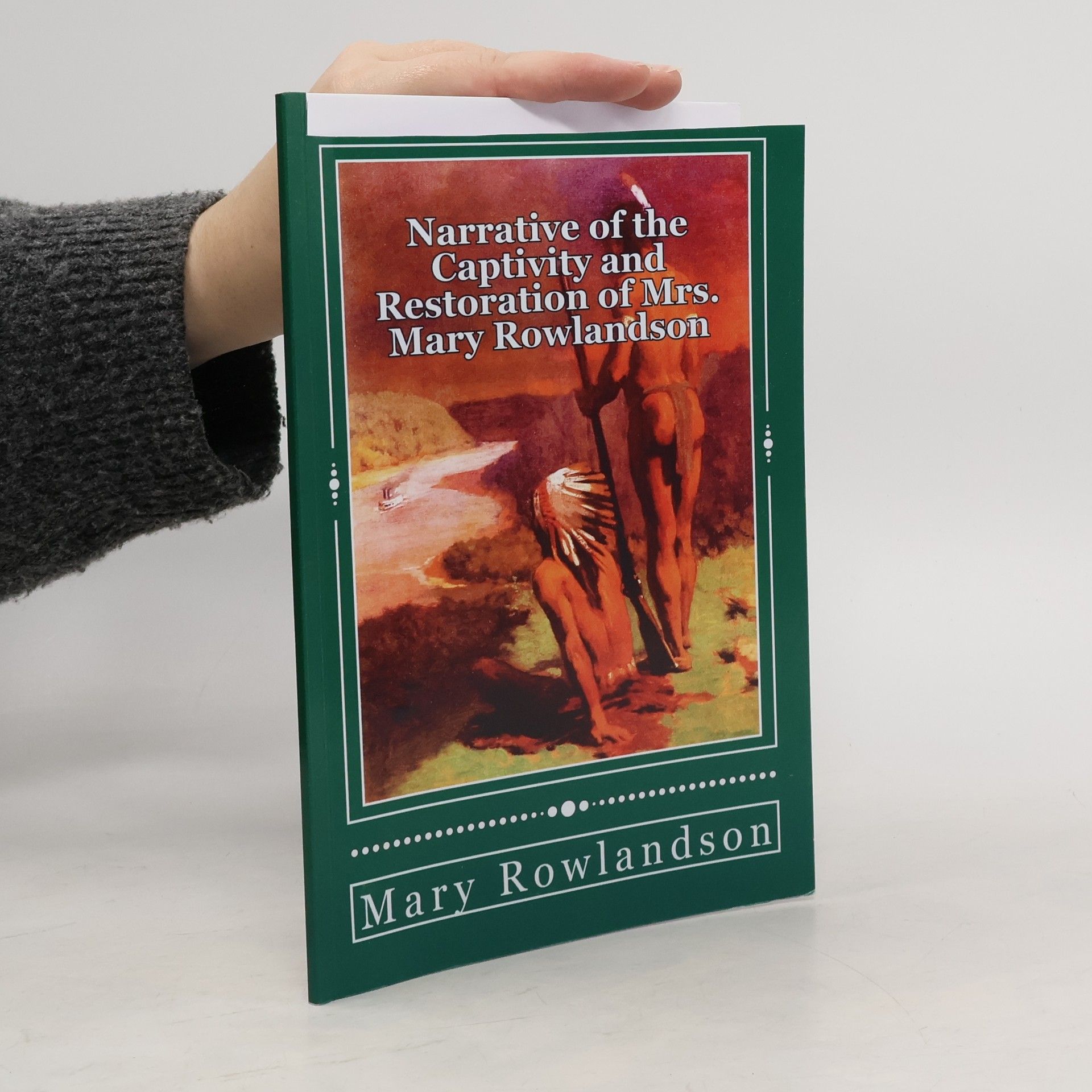Narrative of the Captivity and Restoration of Mrs. Mary Rowlandson
- 46pagine
- 2 ore di lettura
In February 1676, during King Philip's War, the frontier village of Lancaster, Massachusetts, was attacked by a party of Nipmuck Indians and completely destroyed. As relief from Concord approached, the attackers withdrew, taking with them 24 captives, including Mrs. Mary Rowlandson and her three children. For almost three months the little family was forced to live with their captors and endure exposure to a New England winter. The youngest child, who had been injured during the attack, failed to survive. Eventually ransom was paid and the family released. Mrs. Rowlandson's account of her experience was published in 1682. It became a "best-seller" of its day and created a new literary genre, the captivity narrative. Such accounts were in part responsible for the mistrust and hatred of the Indians that plagued the country for centuries. It is also the first publication in English by a woman in the New World.

